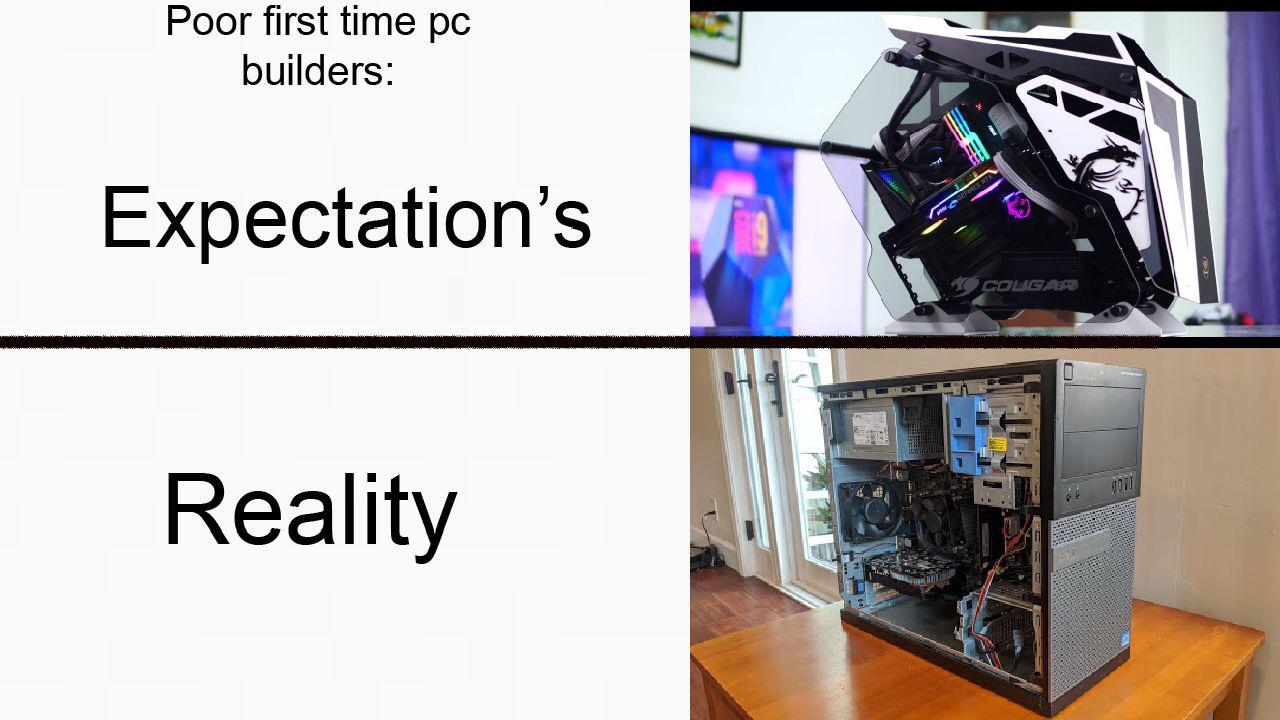Building your own PC can be incredibly rewarding. You get a machine perfectly tailored to your needs, with the exact components you choose. But for newcomers, the vast array of parts and technical jargon can be overwhelming. This guide will break down the essential components of a PC and explain how they work together, helping you in understanding PC building.
Important PC Parts
- CPU (Central Processing Unit): Considered the brain of the computer, the CPU handles instructions and calculations.
- RAM (Random Access Memory): This temporary storage holds frequently used data for quick access by the CPU. More RAM allows you to run multiple programs smoothly.
- Motherboard: The motherboard acts as the central hub, connecting all the components and allowing them to communicate. Choosing the right motherboard depends on your CPU and desired features.
- Storage (HDD/SSD): This is where your files, programs, and operating system are stored permanently. Here, understanding PC building involves considering factors like speed and capacity.
- GPU (Graphics Processing Unit): The GPU handles graphics processing, essential for gaming and video editing. If you plan on doing these activities, a powerful GPU is crucial.
- PSU (Power Supply Unit): The PSU provides power to all the components in your system. Don’t underestimate the importance of a reliable PSU!
- Case: The case houses all the components and provides airflow for cooling. It also plays a role in the overall aesthetics of your PC.
Matching Your Needs to Your Build
There’s no one-size-fits-all PC. The ideal components depend on what you plan to use your PC for:
- Gaming: Gamers prioritize powerful GPUs and CPUs for smooth gameplay and high frame rates. Understanding PC building for gaming involves selecting parts that can handle demanding graphics.
- Productivity: Tasks like video editing or 3D modeling benefit from strong CPUs and ample RAM. Here, understanding PC building focuses on components that optimize processing power.
- Basic Computing: Browsing the internet, checking emails, and working on documents require less powerful hardware. Understanding PC building for basic tasks allows you to focus on cost-effective components.
Building Your PC
Now that you have a basic understanding of PC building, you’re ready to delve deeper! Here are some resources to help you on your journey:
- PCPartPicker: This website helps you choose compatible components and see estimated pricing.
- Build Guides: Numerous YouTube channels offer step-by-step video guides on building PCs.
With careful planning and research, you can build a PC that perfectly meets your needs and budget. Remember, understanding PC building is an ongoing process, but this guide has equipped you with the essential knowledge to get started. Happy building!

